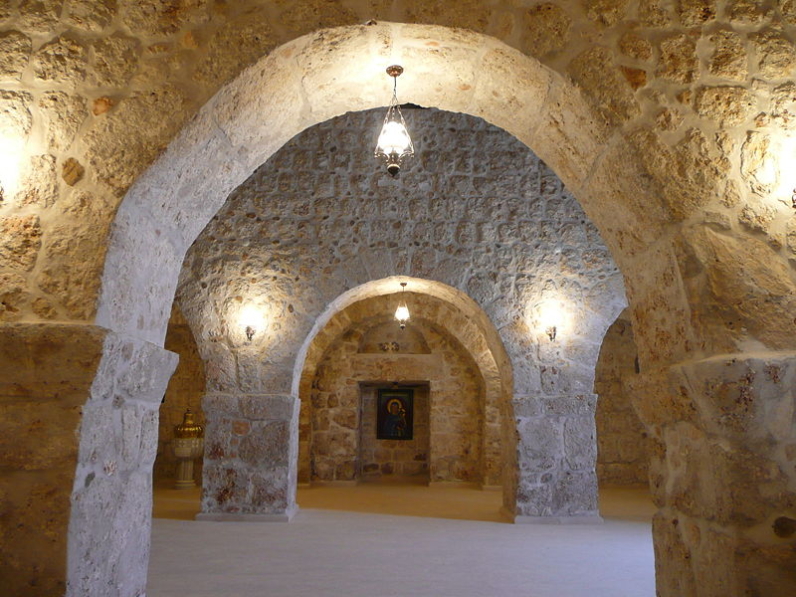
World Watch Monitor
2014-03-14 10:36 GMT
The Turkish Ministry of EU Affairs welcomed March 2 the return of property, seized by the country’s treasury, to the world’s oldest Syriac Orthodox monastery, Mor Gabriel.
In February, the head of the Mor Gabriel Religious Foundation, Kuryakos Ergun, received the property deeds to 12 plots of land totaling 244,000 square metres, or 60 acres.
Full coverage of St.Gabriel Monastery case.
The returned property is less than half of the land the monastery has owned since 1935. The monastery, in the southeastern province of Mardin, was built in 397 and is considered a holy place to Aramean Syriacs in Turkey and the diaspora.
The property first was contested in 2008 when the Forestry Ministry, the Land Registry Cadaster Office and three surrounding villages sued the monastery for allegedly “occupying” their land, according to the Hurriyet Daily News.
The heated legal battles ended in June 2012 when the Turkish supreme court of appeals upheld a decision to give substantial parts of the monastery to the Turkish Treasury and the Ministry of Forestry.
Turkish Prime Minister Recep Tayip Erdogan announced in September of last year that the government would return the land to its historic owner as part of the government’s “democratization package”, according to the statement issued by the Turkish Ministry of EU Affairs. The decision was
approved by the state agency for foundations.
However, the government did not return the remaining 18 plots of land measuring 320,000 square meters, or 79 acres. Nearly 270,000 square meters, or about 67 acres, out of the property in dispute are now in the hands of the Forestry Ministry. The rest remains seized by the Turkish treasury.
Isa Dogdu, Deputy Head of the Mor Gabriel Religious foundation, told World Watch Monitor that the monastery leadership will rest when the government returns all of the land, despite the prime minister’s declaration that all the land would be returned, though he said it will be a continued battle to convince the government to do so.
“We’re happy to receive it back, but we will be much happier to restore the rest of the property which belongs to the monastery,” Dogdu said. “What was given is less than half of the property in question. The other parcels that are under the forestry are still pending. ”
Two years ago, the monastery’s foundation took its case to the European Court of Human Rights, in Strassburg, France, which attracted international attention and became a topic in Turkey’s bid to join the European Union. In the European Commission’s 2013 Turkey Progress report, it noted that the government’s abeyance on the issue was a cause for concern and called on Turkey to “ensure full respect for all property rights, including those of non-Muslim religious communities.”
“The recent step taken is a significant progress in terms of promoting brotherhood in our country and consolidating democracy,” read the statement, released by Turkish Ministry of EU Affairs. “We hope that this step will have positive impact on the EU accession process as well.”
The ministry statement also said it does not regard the move as a favor, but a deserved right, that indicated the government’s sensitivity towards human and minority rights reforms.
The monastery’s property was seized under the ruling Justice and Development Party, or AKP.
AKP member Suleyman Yelebi said Syrian Orthodox Christians had never come under pressure, despite their claim that they were exploited, and even emigrated away from Turkey “with joy” in previous decades.
Poverty, and violence between ethnic Turks and Kurds, have caused many of the Syriacs to leave Turabdin, where the monastery is located. There are now 2,500 Syriacs in Turabdin, compared to about 50,000 in 1950, according to Reuters.
The sectarian violence in neighboring Syria has led some of Syria’s Orthodox Syriacs to flee to Turkey and many of them have found temporary refuge in Turabdin, where they can practice their religion.
Online here:
Turkey Returns Less Than Half of Assyrian Monastery’s Land it Seized
